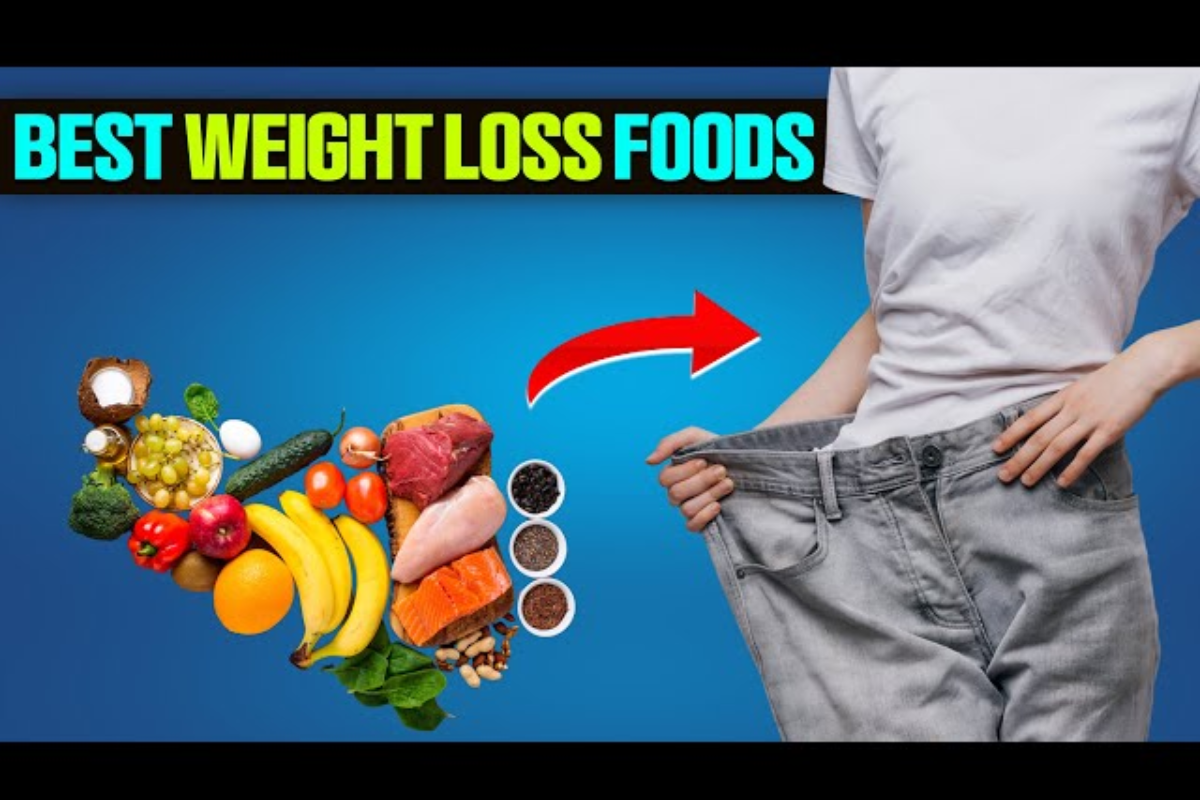Top Weight Loss Foods Identified in the Survey
In the quest for weight loss and maintaining a healthy lifestyle, the choices we make in our diet play a critical role. The survey of 1,500 working parents in 2024 revealed a fascinating array of top weight loss foods that were instrumental in their journey towards a healthier life. Let’s explore these foods, their nutritional benefits, and practical tips on how to incorporate them into a busy schedule.
- Leafy Greens: Foods like spinach, kale, and Swiss chard emerged as staples in the diets of these successful weight managers. These greens are low in calories but high in fiber, vitamins, and minerals, making them perfect for weight loss. They can be easily added to smoothies, salads, or as a side dish to meals.
- Lean Proteins: Chicken breast, turkey, tofu, and legumes were highlighted for their ability to provide sustained energy and satiety. Lean proteins are crucial for muscle repair and maintenance, especially important for those balancing exercise with diet for weight loss.
- Whole Grains: Quinoa, brown rice, and whole-grain bread were favored for their fiber content and their ability to provide a longer feeling of fullness. These grains help in maintaining steady blood sugar levels, preventing the spikes and crashes that lead to overeating.
- Fruits and Berries: Apples, berries, and citrus fruits were not only appreciated for their sweetness but also for their high fiber and water content, aiding in digestion and weight loss. These can be great snack options or dessert alternatives.
- Healthy Fats: Avocado, nuts, and seeds are sources of healthy fats, essential for nutrient absorption and brain health. They are calorie-dense, so portion control is key, but they are excellent for satiety.
- Yogurt and Fermented Foods: These were noted for their probiotic content, essential for gut health. A healthy gut can significantly improve digestion and aid in weight management.
- Green Tea: Many respondents included green tea as part of their daily regimen due to its metabolism-boosting properties.
Incorporating these top weight loss foods into a busy schedule might seem daunting, but with some planning, it’s achievable. Meal prepping on weekends, making smoothies for breakfast, packing nuts and fruits for snacks, and choosing whole-grain options when dining out are practical ways to ensure these foods are part of one’s daily diet. The key is to find what works for your lifestyle and to remember that consistency is crucial for long-term success.
Real-Life Stories: How Working Parents Balanced Nutrition and Fitness
The survey of 1,500 working parents in 2024 not only identified top weight loss foods but also shed light on the practical strategies these individuals employed to balance nutrition and fitness in their hectic lives. Here, we share some of their real-life stories and the lessons they offer.
Story 1: The Meal Prep Pro One parent, a full-time nurse and mother of two, shared her strategy of weekend meal prepping. She dedicated a few hours each Sunday to prepare and portion out healthy meals and snacks for the week. This included grilling lean proteins, cooking a batch of whole grains, and chopping vegetables for salads and stir-fries. Her approach ensured that she always had healthy, homemade options ready, preventing the temptation to opt for fast food on busy days.
Story 2: The Early Riser Another respondent, a single father working in IT, found his solution in becoming an early riser. He started waking up an hour earlier each day to exercise, whether it was a quick jog or a session at the gym. This routine not only helped him incorporate regular physical activity into his day but also boosted his energy levels and focus at work.
Story 3: The Smart Shopper A working couple highlighted the importance of smart grocery shopping in their weight loss journey. They focused on buying whole foods and avoided the processed food aisles. By sticking to their shopping list, which was always based on their meal plan, they managed to save time and reduce food waste, all while eating healthier.
Story 4: The Family Affair A teacher and mother of three turned nutrition into a family affair. She involved her children in cooking meals, turning it into a bonding activity. This not only helped in teaching her children about healthy eating but also made meal preparation less of a chore and more of an enjoyable family activity.
These stories underscore a common theme: the integration of smart planning and commitment into daily routines. Whether it’s through meal prep, adjusting personal schedules to make time for fitness, smart grocery shopping, or involving family, these parents demonstrated that with the right strategies, balancing nutrition and fitness is achievable.
By adopting similar practices, working parents can navigate the challenges of a busy lifestyle while maintaining a focus on health and wellness.

